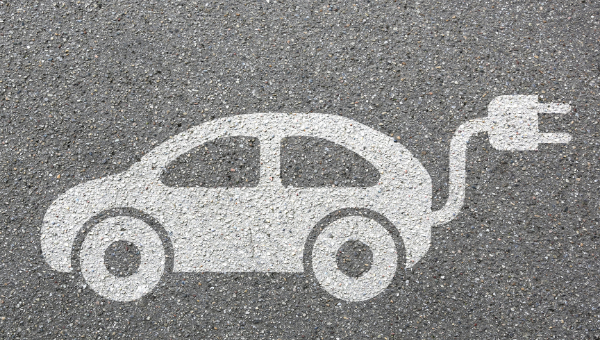
Full speed ahead
The first World Land Speed Record was set by an electric car, the French-built Jeantaud, which set the bar at 63.15km/h in 1898.
Electric vehicles (EVs) were so successful back then that the first six speed records were all electrically charged. But that was a long time ago. Since then it has been downhill and, unfortunately, EVs disappeared from the motoring landscape for half a century.
Today, EVs are popular among a small group of followers, but wider uptake has stalled. At one end of the standoff are manufacturers willing and able to build as many EVs as the market will bear. At the other end are governments who want EVs on our roads but don’t want to pay for the required charging station infrastructure.
In the middle are consumers waiting for the Catch-22 to end. But how and when will that be? It’s not an easy situation to solve without one side making a costly shift before the other comes on board.
There are currently 28 EV models available in Australia, but only eight cost less than $65,000. That’s not a price many people can afford. Manufacturers could bring the price down if EVs became volume sellers. But how do you have one without the other?
Governments across the country need to invest in the infrastructure that gives motorists confidence to buy EVs and then the manufacturers will respond with more and cheaper models.
It sounds simple, but is it? Come on politicians from all sides. Let’s speed things up a bit.
Words: VACC CEO, Geoff Gwilym. As featured in the Herald Sun 18 September 2020.
Share your thoughts! E: ceo@vacc.com.au